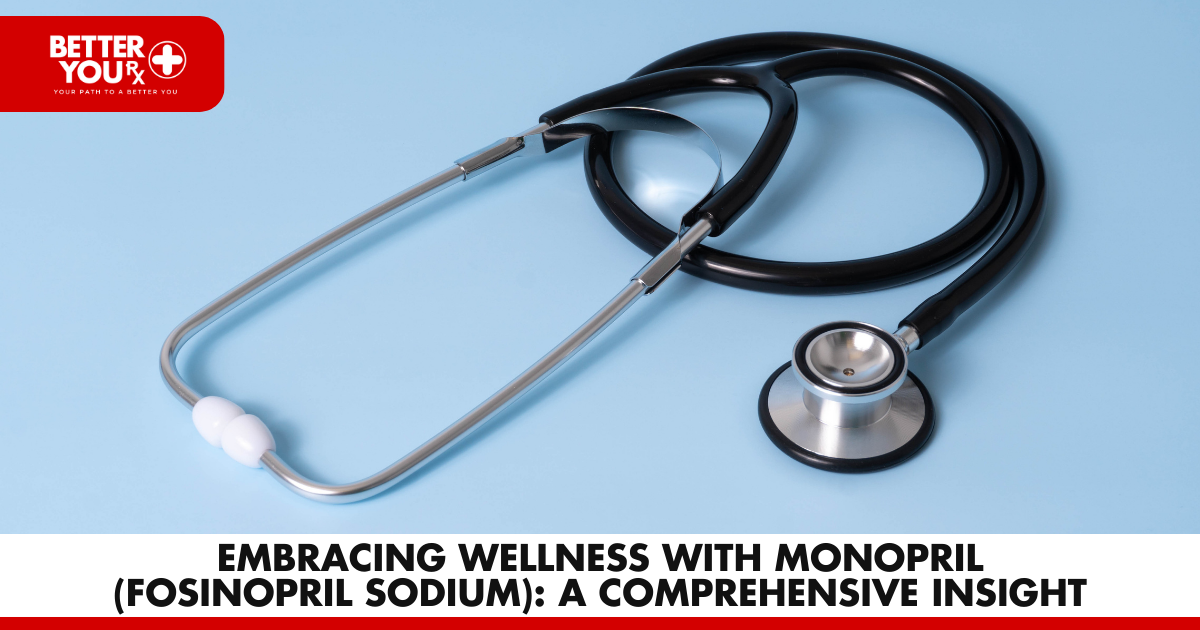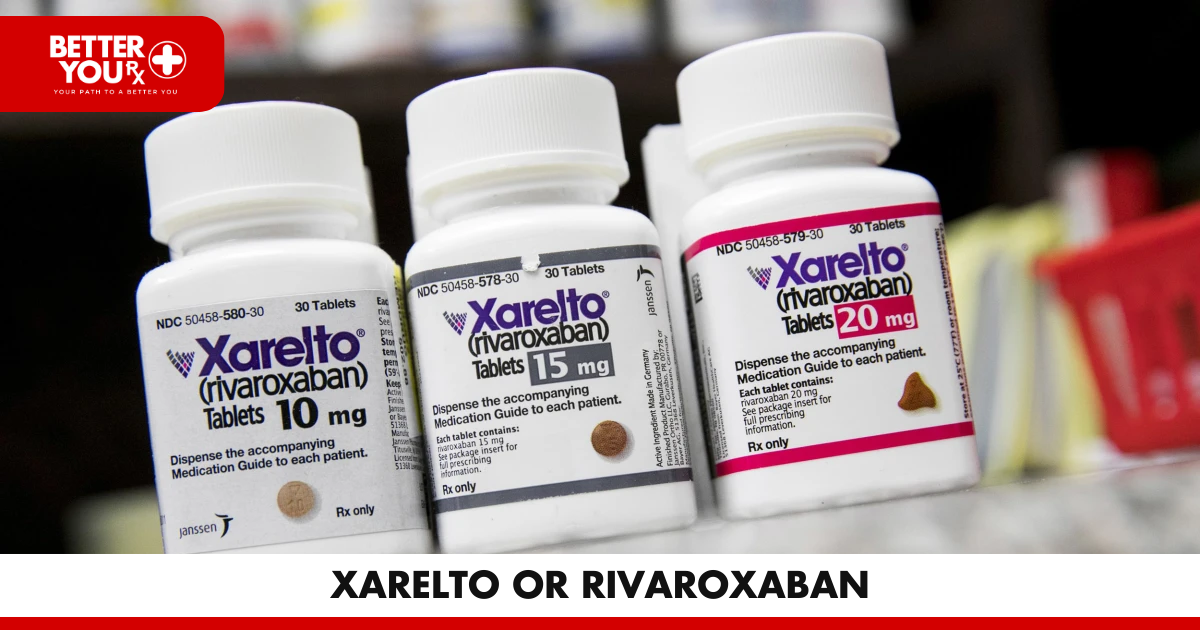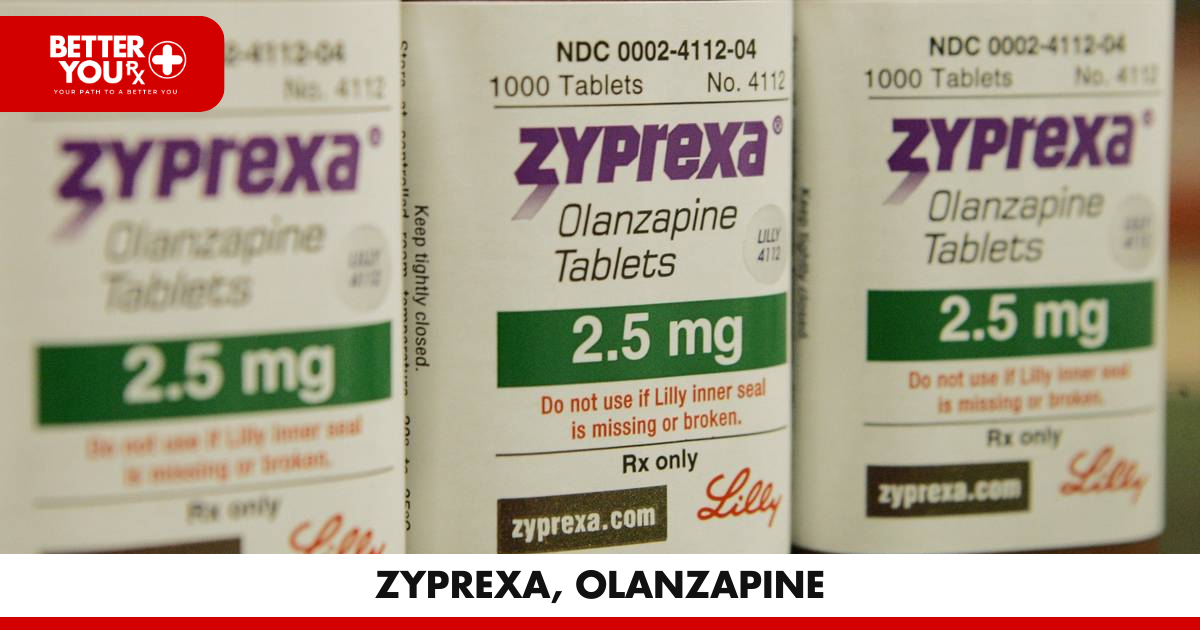Define Xarelto
Xarelto is a member of the group of drugs known as factor Xa inhibitors. It functions by preventing the action of a certain natural chemical that promotes the formation of blood clots. Venous thromboembolism (VTE), sometimes known as blood clots, is treated or prevented using Xarelto. Both the lungs and the legs can develop blood clots (pulmonary embolism and deep vein thrombosis, respectively).
Adults with atrial fibrillation, a condition in which the heart beats irregularly and potentially increases the risk of blood clots forming in the body and perhaps causing strokes, can also use this medication to help prevent strokes or significant blood clots.
Additionally, Xarelto is used to prevent DVT and PE in adults after hip or knee replacement surgery, as well as in patients receiving serious medical treatment who are at a high risk of developing a clot due to their inability to move around or other risk factors. Adults with coronary artery disease (narrowing of the blood vessels supplying blood to the heart) or peripheral arterial disease (poor circulation in the blood vessels supplying blood to the arms and legs) may also take it in conjunction with aspirin to reduce their risk of having a heart attack, stroke, or passing away.
In children and some newborns who have had at least five days of initial anticoagulation (blood thinner) therapy, Xarelto is also used to treat and prevent the recurrence of DVT and PE. After receiving treatment for blood clots for at least 6 months, Xarelto may be taken to reduce the risk of a DVT or PE recurring. Children with congenital heart disease (abnormality in the heart that arises before birth) who are 2 years of age or older can also use Xarelto to prevent DVT and PE following heart surgery.
Warnings
Without consulting your doctor, never stop taking Xarelto. Your risk of blood clots and stroke will rise if you stop it abruptly. If you use Xarelto with certain medications, your risk of bleeding may rise. Inform your doctor of all additional medications you use.
If you or your child experience any of the following symptoms of bleeding, call your doctor right away: headaches, feeling extremely weak or dizzy, bleeding gums, nosebleeds, heavy menstrual periods, abnormal vaginal bleeding, blood in your urine, bloody or tarry stools, coughing up blood, vomit that resembles coffee grounds, or any bleeding that won’t stop.
If you have a spinal tap or receive spinal anesthesia (epidural), Xarelto may result in a potentially dangerous blood clot around your spinal cord. If you receive care from a doctor, let them know you are taking Xarelto.
If you have an artificial heart valve, you should avoid using Xarelto.
Prior to using this medication
If you have active or uncontrolled bleeding, an allergy to rivaroxaban or any of the substances in Xarelto pills, or any other medical condition, you should not use this medication.
Even with a slight injury, Rivaroxaban may make it easier for you to bleed. If you experience bleeding that won’t stop, call your doctor. If you receive spinal anesthesia (epidural) or undertake a treatment like a spinal tap, rivaroxaban can result in a dangerous blood clot. This kind of blood clot may result in long-term or permanent paralysis.
Tell your doctor about any of the following to ensure that Xarelto is safe for you:
- a prior spinal operation or history of back issues;
- a history of challenging or frequent spinal taps;
- a tiny tube (catheter) inserted into your back to administer medication;
- bleeding issues
- a synthetic heart valve;
- the immune system condition known as antiphospholipid syndrome, which raises the risk of blood clots;
- taken aspirin, ibuprofen (Advil, Motrin), naproxen (Aleve), and other blood-thinning medications known as NSAIDs (nonsteroidal anti-inflammatory drugs);
- a renal or liver condition.
Pregnancy-related bleeding in either the mother or the fetus could result after taking Xarelto. If you are pregnant or want to become pregnant, let your doctor know. While taking this medication, breastfeeding a child might not be safe. Inquire with your doctor about the dangers.
The best way to take Xarelto is
As directed by your doctor, take Xarelto precisely as directed. Read all drug guides or instruction sheets and adhere to all instructions on your prescription label. On occasion, your doctor could adjust your dosage.
Without consulting your doctor, do not alter your dosage or stop taking this medicine. Stopping abruptly can make you more susceptible to blood clots or stroke.
Inform any medical professional who treats you that you are taking Xarelto. Inform the surgeon or dentist that you are taking this drug in advance if you need surgery or dental work. You might have to temporarily stop taking this medication if you need anesthesia for a treatment or surgery.
Xarelto needs to be taken with food in certain circumstances. The strength of the tablet you take may also influence whether you take the medication with or without food. Carefully adhere to your doctor’s dose recommendations.
Crush the Xarelto tablet and combine it with a tiny amount of applesauce if you are unable to swallow it whole. Without chewing, quickly swallow the concoction. If you are taking a 15 mg or 20 mg tablet, your meal should come right after the dose.
If a feeding tube is required to administer Xarelto, heed the advice of your doctor. Weight is used to determine doses for children and teenagers. If your child puts on or loses weight, the dosage may need to be adjusted.
Check to see that the tablet is completely swallowed if your child is taking it. It is not recommended to divide Xarelto into smaller doses. Discuss switching to the liquid oral suspension with your doctor.
Give a new complete dose if your child vomits within 30 minutes of ingesting the oral suspension (liquid). Don’t give your child another dosage of the oral suspension (liquid) if they vomit more than 30 minutes after ingesting it. Give the subsequent dose as directed.
Shake the liquid oral suspension. Use the provided measuring tool to take a dose—not a kitchen spoon. Keep your items at room temperature away from heat and moisture. The liquid oral suspension shouldn’t be frozen.
What occurs if I don’t take a dose?
Take the medication as soon as you recall if you take Xarelto only once daily, and then resume your regular regimen. Never combine two dosages in one day.
Take the missed dose the same day that you remember it if you take the 15-milligram pill twice a day. The missed morning dose may be taken along with the evening dose. Continue taking your medication twice daily at the scheduled time.
Take the following dose at the scheduled time if you take the 2.5-milligram tablet two times daily. If you miss a dose. Never combine two dosages at once.
Give the missed morning dose of your child’s Xarelto, if they take it twice a day, as soon as you remember. The missed morning dose can be administered along with the evening dose. If you forget to take your evening dose, skip it and then resume your regular schedule.
If your child takes Xarelto three times daily, skip the dose that was skipped and administer the subsequent dose at the scheduled time. Never provide two doses at once.
Before you run out of medication entirely, have your prescription filled.
If I take too much, what happens?
Call the Poison Help line or go to the emergency room.
Excessive bleeding may result from an overdose.
What should I keep away from if I’m taking Xarelto?
Avoid engaging in any activities that could make bleeding or injury more likely. When shaving or brushing your teeth, take additional care.
Effects of Xarelto
If you have any of the following symptoms of an allergic response to Xarelto: hives; difficulty breathing; swelling of your face, lips, tongue, or throat, get emergency medical attention.
If you have any of the following signs of a spinal blood clot: back pain, numbness, tingling, lower-body muscle weakness, or loss of bladder or bowel control, you should also seek emergency medical assistance.
Rivaroxaban may make bleeding more likely. If you experience any bleeding symptoms, including:
- bruising or bleeding that won’t stop (severe menstrual bleeding, nosebleeds, bleeding gums);
- a wound’s discomfort, swelling, fresh drainage, or profuse bleeding;
- headaches, lightheadedness, drowsiness, and fainting feelings;
- colorless, pink, or brown urine; or
- bloody or tarry stools, bloody or coffee-ground-appearing vomit, or bloody coughing.
- Xarelto side effects frequently reported include:
- bruising;
- throwing up
- sneeze; or
- inflammation of the gut or stomach.
In conclusion
Xarelto (also known as Rivaroxaban) is a member of the factor Xa inhibitors group of drugs used to prevent the formation of blood clots. It’s employed in the treatment and prevention of venous thromboembolism (VTE), which includes conditions like pulmonary embolism and deep vein thrombosis. Xarelto is prescribed for various conditions, such as atrial fibrillation, prevention of strokes, post-surgery prevention of clots, and certain cases of blood clot treatment in children. However, there are important considerations when using Xarelto. It should never be stopped abruptly without consulting a doctor, as it can increase the risk of clotting or bleeding.
Various factors, like concurrent medication and medical history, need to be discussed with a healthcare provider before starting Xarelto. This drug can lead to bleeding complications, and signs of bleeding should be reported promptly. Furthermore, it’s vital to inform medical professionals about Xarelto usage before any procedures or surgeries. The medication’s dosage and administration guidelines are crucial to follow, and any missed doses should be managed as directed. Xarelto can cause allergic reactions and potentially severe side effects, such as spinal blood clots or increased bleeding, which require immediate medical attention. The article highlights the importance of careful monitoring and adherence to medical advice when using Xarelto to ensure safe and effective treatment.
Discover the path to a healthier you with Xarelto (Rivaroxaban) – a breakthrough in preventing blood clots and enhancing your well-being. To embark on your journey towards better health, trust Better You Rx pharmacy for your prescription needs. Your health is our priority, and with Xarelto, you can take control of your vascular health and live your life to the fullest. Visit Better You Rx today and take the first step towards a brighter, healthier future.










